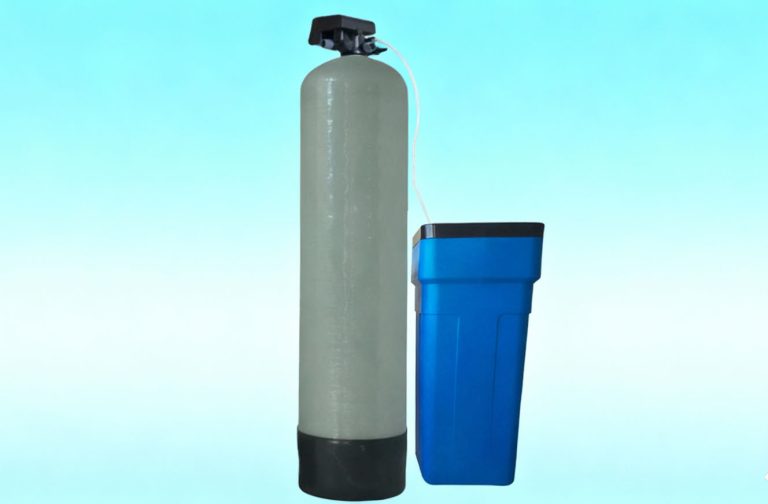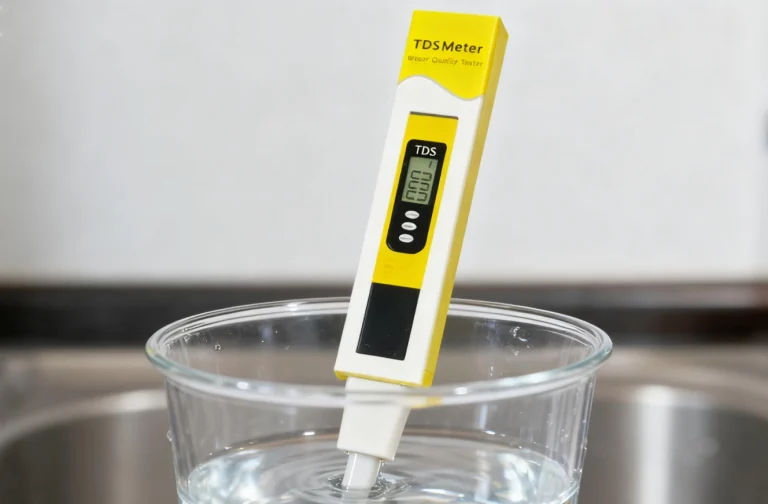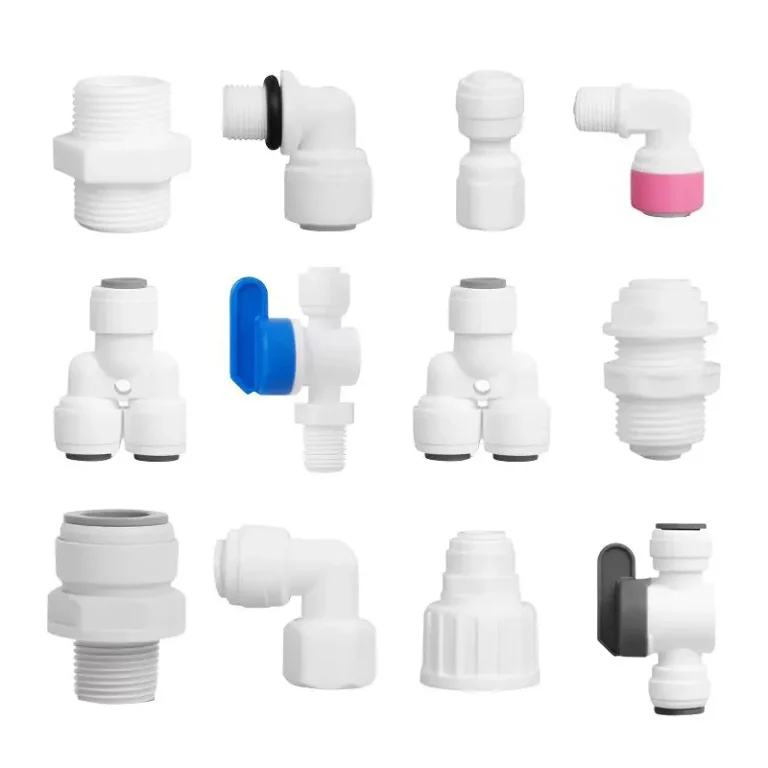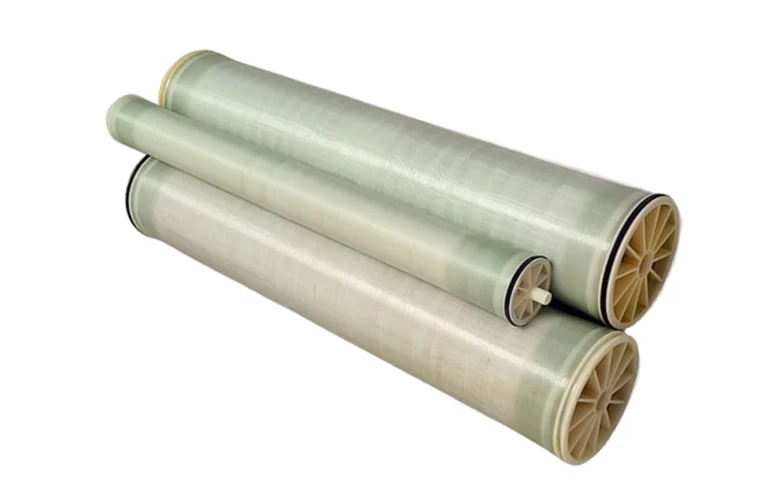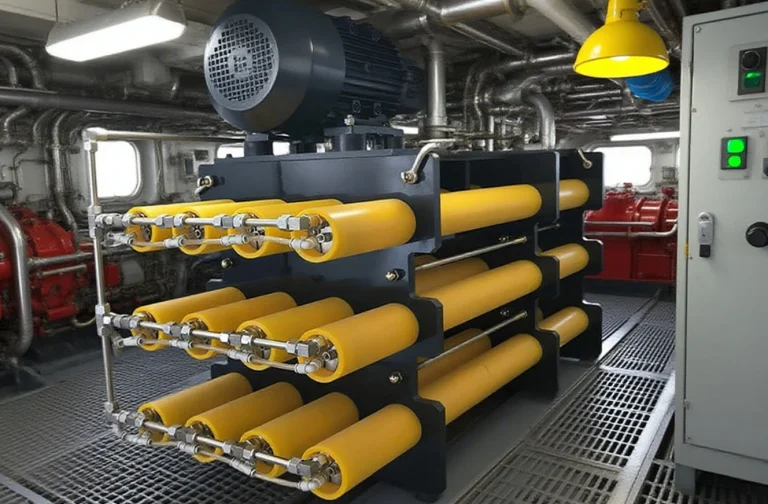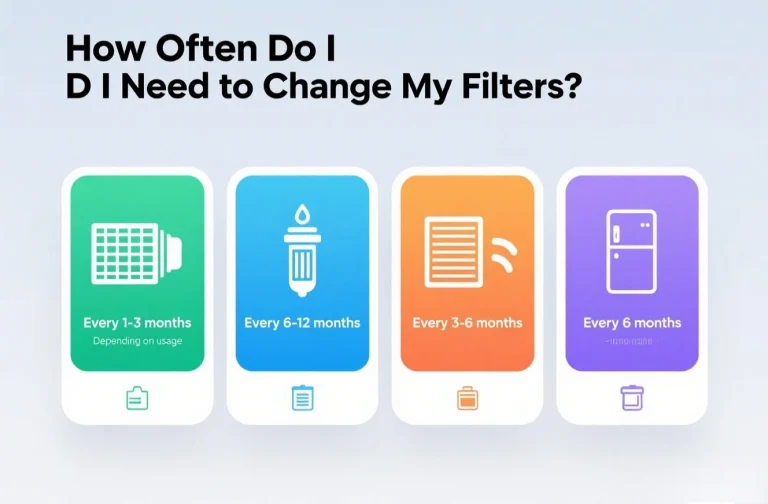BasideWT- Whole Home Water Filtration System & Replacement

What Are The Disadvantages Af A Whole House Water Filter
You’re researching a whole house water filter. You’ve seen the benefits: silky hair, spotless dishes, and chemical-free water from every tap. It sounds like a perfect solution for pure water throughout your home. But is this comprehensive filtration system the right choice for everyone? The answer is more complex than a simple yes or no. While the advantages are widely advertised, a thorough understanding of the potential pitfalls is crucial before making such a significant investment in your home’s plumbing and your family’s health.
This article will dive deep into the often-overlooked disadvantages of installing a whole-house filtration system. We will explore the substantial upfront costs, the hidden maintenance demands, the potential impact on water pressure, and the limitations of a one-size-fits-all approach to water quality. Our goal at BasideWT is to provide you with transparent, expert information so you can make the most informed decision for your household’s unique needs.
The Sticker Shock: High Initial Investment and Complex Installation
Let’s address the most immediate barrier first: the cost. Purchasing and installing a whole house water filter is not a trivial expense. It represents a significant financial and logistical undertaking.
Breaking Down the Upfront Costs
The price tag can be surprising. A quality unit itself can range from several hundred to over a thousand dollars. This, however, is just the beginning. Unlike a simple under-sink or countertop filter, this system requires professional installation. You are not just plugging in an appliance; you are integrating a critical component into your home’s main water line. This process involves:
- Professional Plumbing Labor. A certified plumber must locate your main water line, shut off the water, cut into the pipe, and install the unit. This labor can cost hundreds, if not over a thousand, dollars depending on your home’s layout and local rates.
- Potential for Additional Materials. The installation might require new pipes, brackets, or bypass valves. These add to the final bill.
- Location-Specific Challenges. Is your main water line in a cramped crawl space or a finished basement? Difficult access can dramatically increase installation time and cost.
Therefore, the initial financial outlay is substantially higher than for point-of-use filters. You are paying for a system designed to treat a massive volume of water—every drop that enters your home. This scale of operation commands a scale of investment.
The Installation Intricacy
The complexity goes beyond cost. Installing a whole-house system is an invasive procedure. It requires a full understanding of your home’s plumbing. Mistakes can lead to leaks, water damage, or even a complete interruption of your home’s water supply. This is not a DIY project for the average homeowner. It demands a skilled professional to ensure the system is installed correctly, safely, and in compliance with local building codes. However, for those unprepared for this initial hurdle, the project can feel daunting before it even begins.
The Hidden Ongoing Commitment: Maintenance and Recurring Expenses
A filtration system is not a “set it and forget it” appliance. Its long-term performance and cost are directly tied to consistent, and often costly, maintenance.
The Burden of Filter Changes
The core of the maintenance is the filter cartridge. This component is responsible for trapping sediments, chemicals, and contaminants. Over time, it becomes clogged. A clogged filter is not just ineffective; it can become a breeding ground for bacteria and severely restrict your water flow. So, how often should you change it? The answer varies wildly based on two factors:
- Your Water Usage. A family of five will exhaust a filter’s capacity much faster than a single person.
- Your Water Quality. If your incoming water has high sediment or iron content, the filter will clog much more rapidly.
Manufacturers provide general guidelines (e.g., every 6-12 months), but these are mere estimates. You must monitor your water pressure and quality vigilantly. Forgetting a change can render your entire system useless, or worse, detrimental.
The Long-Term Cost of Ownership
Furthermore, the recurring cost of replacement filters adds up. These are not inexpensive parts. Depending on the filter type and your home’s contaminant load, you could be spending a significant amount annually to maintain the system. This is a recurring, often overlooked, subscription to clean water. Interestingly, over a 10-year period, the cumulative cost of filter replacements and potential service calls can sometimes rival or even exceed the initial installation cost. When budgeting, you must consider this total cost of ownership, not just the price of the unit.
The Pressure Problem: Potential for Reduced Water Flow
What is the point of filtered water if it only trickles from your showerhead? Water pressure is a common casualty of whole-house filtration systems.
How Filtration Affects Flow Rate
Every filter cartridge creates a phenomenon known as “pressure drop.” As water is forced through the dense media of the filter, it naturally loses some of its force. High-quality systems are engineered to minimize this drop, but it cannot be eliminated entirely. The problem is exacerbated as the filter collects debris. A new filter might cause a barely noticeable drop, but an older, clogged one can strangle your water pressure, leading to frustratingly weak showers and slow-filling appliances.
The GPM (Gallons Per Minute) Dilemma
When selecting a system, you must pay close attention to its flow rate, measured in Gallons Per Minute (GPM). This number must match or exceed your household’s peak simultaneous demand. Ask yourself: What happens if someone is taking a shower (using 2.5 GPM) while the washing machine is running (3-5 GPM) and another faucet is on? If your filter’s GPM rating is too low, you will experience a noticeable pressure drop during these peak usage times. Therefore, sizing the system correctly for your home’s size and occupant number is not just a recommendation; it is a critical step to avoid water pressure disappointment.
A Broad Brush for a Detailed Canvas: Limited Contaminant Targeting
This is perhaps the most critical drawback to understand. A whole-house water filter is a master of generalization, not specialization.
The Primary Role of Sediment and Basic Chemical Filtration
Most standard whole-house systems are excellent at what they do: they remove sediment (sand, rust, dirt) and reduce chlorine taste and odor. They act as the first line of defense for your entire home, protecting your plumbing and appliances from particulate matter. They can also lessen the chlorine that dries out your skin and hair. However, their ability to remove more specific and dangerous contaminants is often limited unless you invest in a highly specialized and expensive unit.
What a Standard System Might Not Remove
Counterintuitively, while your water may look and smell cleaner, it might still contain harmful impurities that a basic carbon block or sediment filter cannot touch. These often include:
- Dissolved Solids. (e.g., Heavy metals like lead and copper)
- Nitrates and Fluoride.
- Bacteria and Viruses.
- Specific Chemical Contaminants. (e.g., Pharmaceuticals, PFOA/PFOS)
Removing these typically requires additional, targeted filtration technologies like reverse osmosis, UV sterilization, or specialized ion-exchange resins. These are more commonly, and more affordably, installed at point-of-use locations, like under your kitchen sink. So, what does this mean for you? It means that for the purest drinking and cooking water, a whole-house system alone may be insufficient. It is a broad shield, not a precision scalpel.
Not a Universal Solution: Incompatibility with Certain Water Conditions
Believe it or not, there are situations where installing a whole house water filter can be ineffective or even cause damage. It is not a universal panacea for all water problems.
The Hard Water Conundrum
If you have hard water (water high in calcium and magnesium minerals), a standard filtration system will do nothing to address it. The minerals that cause scale buildup in your pipes, water heater, and on your fixtures will pass straight through. In fact, scale can even build up on the filter media, causing it to fail prematurely. For hard water, a water softener is the appropriate solution. This often means homeowners need a two-stage system: a softener followed by a filter, increasing the cost, complexity, and space requirements even further.
Space and Infrastructure Demands
Finally, consider the physical footprint. A whole-house filtration unit is a sizable piece of equipment. It requires dedicated, accessible space where your main water line enters the house—typically a garage, basement, or utility room. If this area is already cramped, finding a suitable location can be a challenge. The unit also needs to be in a location protected from freezing temperatures, as frozen water inside the filter housing can crack it, leading to catastrophic flooding when it thaws. Therefore, your home’s existing infrastructure and layout play a decisive role in determining the feasibility of this type of system.


